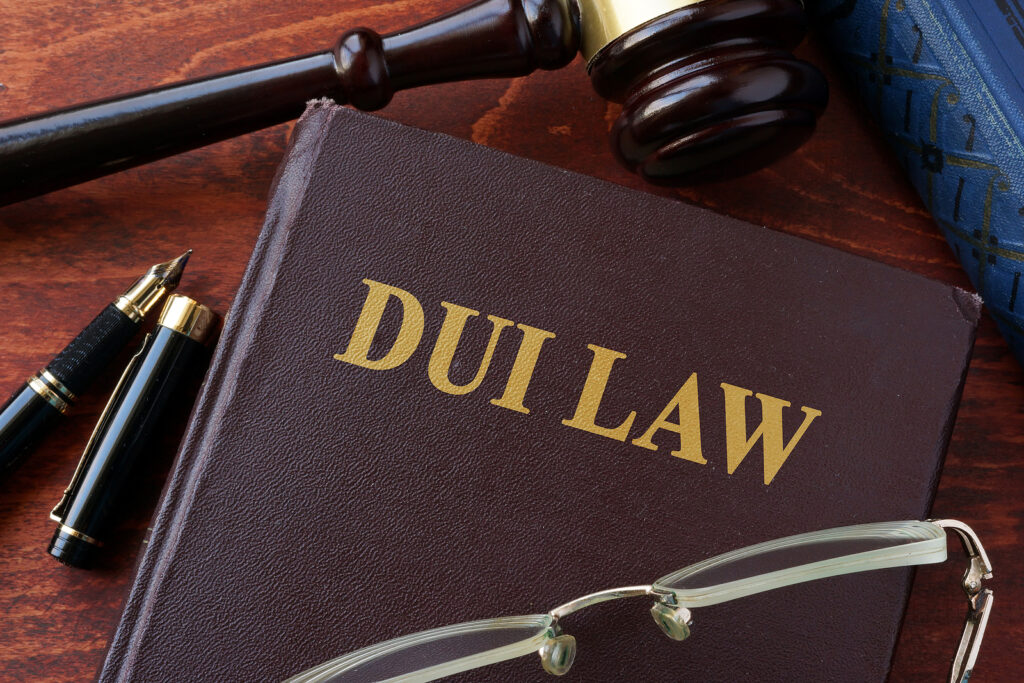Strategies for Demonstrating Liability When Multiple Drivers Are Involved
The aftermath of a serious car accident can be stressful and expensive. It can involve medical needs and loss of income because you can’t work, and this plus other factors can add up to a financial situation you’re not sure you can get out of. Filing a personal injury lawsuit to seek compensation for your losses may be a way that you can address these needs and begin to rebuild for the future.
Personal injury lawsuits can be complex, however, and the burden of proof is on the person filing them. That means you have to demonstrate that another person or other people were at fault in the accident. That can become even more daunting of a task when multiple cars are involved in an incident.
How Does Comparative Negligence Impact Compensation in Multi-Vehicle Crashes?
To make matters more complex for compensation in multi-car collision cases, Massachusetts follows a modified comparative negligence process for determining how much someone might be compensated in a personal injury case.
Under this law, each person involved in an incident can be assigned a portion of the fault for the accident. Anyone who is deemed to be 51% or more at fault cannot collect any compensation for losses related to the accident from others.
However, anyone who is deemed to be 50% or less at fault can collect a portion of compensation that might be awarded to them in keeping with the percentage that other people were at fault.
To understand how this might work, consider a hypothetical and simplified example. Imagine three drivers are involved in an accident. Lawsuits are filed, evidence is presented, and the court determines each driver to be partially at fault:
- Driver A: 60% at fault
- Driver B: 30% at fault
- Driver C: 10% at fault
In this case, Driver A could not collect compensation from the other drivers or their insurance companies because Driver A is more than 50% at fault. Driver B could collect 70% of the compensation awarded to them and Driver B could collect 90% of the compensation awarded to them.
Some Common Strategies for Proving Liability
As you can see from the above example, liability—and the extent of liability—is important to a personal injury case. That’s why personal injury law teams work closely with their clients to create a strategy for demonstrating liability. The strategies used depend on the case but typically involve building up a body of evidence that supports the narrative that someone else, or a combination of multiple people, was 50% or more at fault in an incident.
Proving There Is an Injury
You can’t expect anything to be taken for granted in a personal injury case, and the burden of proof is heavy for the plaintiff—that’s the person filing the lawsuit. To start with, you usually have to prove that you have an injury.
Common methods for proving an injury include presenting medical records and the testimony of expert witnesses, such as doctors and other medical providers. Your personal injury team will also work with you to demonstrate the seriousness of your injuries and tie compensable losses to them. That can include:
- Your current medical expenses
- Future estimated medical expenses
- Lost wages or income because you can’t work
- Expenses related to care or other lifestyle changes required by your injuries
Demonstrating the Injury Was Caused by the Accident
Next, you have to show that those losses were caused by the accident in question. One personal injury defense strategy is to claim that injuries were pre-existing. For example, a defendant in a personal injury case might try to claim that someone had a pre-existing back condition and that the pain they are dealing with after a car accident is caused, completely or in part, by that condition.
Again, medical records and the testimony of doctors or other clinicians can be important in establishing that injuries are related to a specific car accident. The testimony of loved ones who can discuss your life before and after the accident and photo and video evidence might also be used.
Showing the Liability of Other Parties
Once you establish that injuries exist and are due to the accident, you must demonstrate the liability of other parties in the incident. Some tools for doing so can include:
- The police report. If a driver was cited in the accident, it can help demonstrate fault. For example, if the accident occurred at an intersection where all other drivers seemed to have obeyed traffic signals and someone was cited for running a red light, that’s a potential indication of fault.
- Witness testimony. The testimony of all drivers, passengers, and other witnesses to the accident can help piece together a narrative that shows what happened just before and during the incident.
- Photo and video evidence. Images and video from traffic cameras or cell phones can help demonstrate what happened and who might have been at fault.
- Physical evidence at the scene. Skid marks on the road, damage to items near the roadway, and other physical damage can also help paint a picture of the accident events.
Work With a Personal Injury Attorney to Establish Your Case
An experienced personal injury team works with you to understand your situation and build a strong case for compensation. If you are dealing with the aftermath of a multi-vehicle car accident, call Contant Law today at 617-221-8221.






